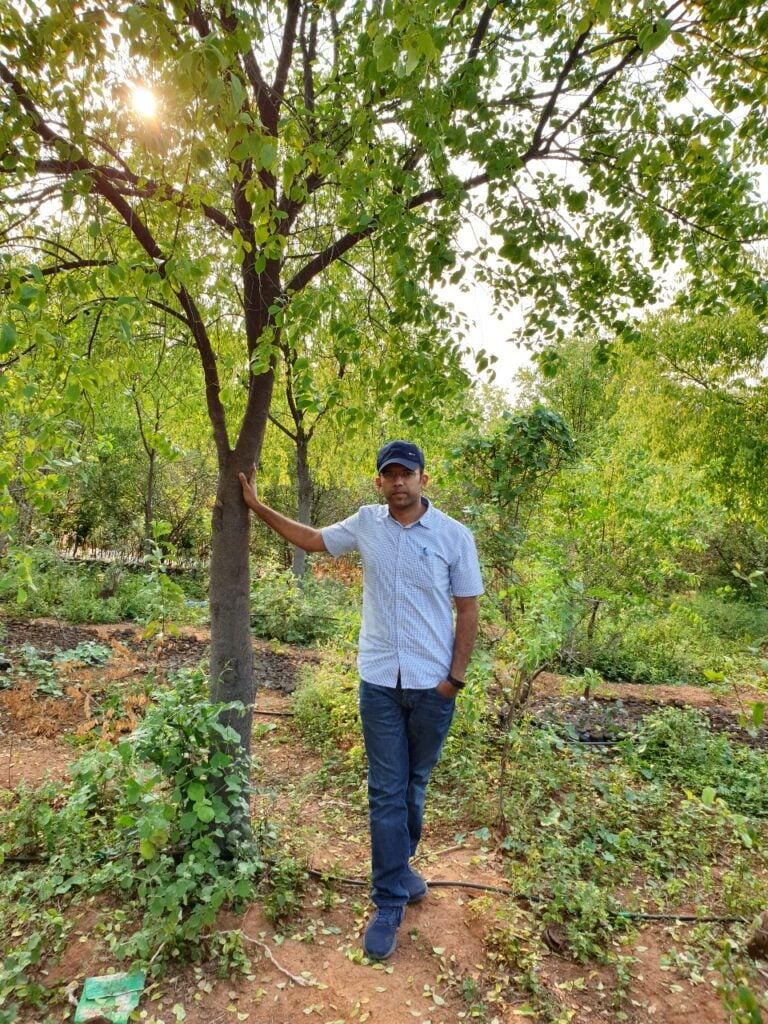September 12, 2020

Santalum album L. (East Indian Sandalwood) is a medium-sized semi-parasitic tree which can reach to a height of 33 to 66 feet. It is called as a miracle tree because of its immense uses in trade and traditional form of medicine in South East Asia. As it is semi parasitic in nature it prefers to “steal” nutrients from the roots of nearby plants by using tube-like structures (modified roots) called haustoria. It is mentioned in ancient scriptures of India that every part of sandalwood is used for some or the other benefit of human beings.

Essential oils of sandalwood have antispasmodic (relieve spasm of muscles), antibacterial (kill bacteria) and antiviral (kill viruses) properties. Sandalwood is used in the treatment of inflammation, skin disorders, rashes, cough, fever, flu, hypertension and restlessness. Essential oils are used to improve the functioning of liver, heart and stomach and to strengthen the gums of teeth and muscles. The fragrant oil from the wood is one of the choicest perfumery material in the world and is recently reported to be highly effective in the treatment of breast cancer too.

Seeds of sandalwood also yield an invaluable oil which although does not contain any fragrant components but is bestowed with a unique compound named “XYMNEMIC ACID” which has an immense anti-oxidant property which is being utilised in cosmetic industry world over. Tender leaves of sandalwood are rich in polyphenols which have potential anti-hypertensive propertie
Historically, Sandalwood was declared as a “ROYAL TREE” by Tipu Sultan in 18th Century and since then it was treated as a state property irrespective of where it was growing. This lead to immense pressure on the natural populations of Sandalwood in Karnataka, illegal felling by infamous Veerappan between 70s to late 90s further led to the decline of sandalwood. It was not until 2001 when the Government of Karnataka relaxed rules for sandalwood cultivation, the farmers took interest and since then plantations in small scale have started coming up.

Hosachiguru, pioneering in commercial cultivation of sandalwood since the year 2010. The company is involved in scientific cultivation of Sandalwood in most of its farms. It aims to be one of the largest sandalwood growers in South India by the year 2025 with several acres of plantations under its management.


















































































































































































